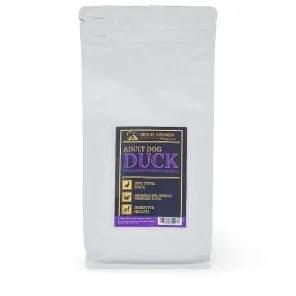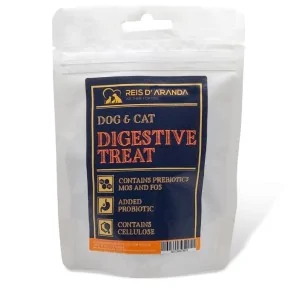Its name says it all: the Vienna blue rabbit comes from Austria. Not only is it beautiful with its shiny blue-grey...
ANAL GLANDS IN DOGS
INTRODUCTION
The anal glands in dogs have several functions, from lubricating the rectum to giving it a unique identity. However, if they are not properly emptied, they can lead to serious and potentially troublesome health problems, such as infections or abscesses.
WHAT ARE ANAL GLANDS?

Anal glands are small sacs located on either side of the anus that store a substance that lubricates the anus with each bowel movement. This yellowish, foul-smelling liquid, in addition to lubricating the area to facilitate bowel movements, gives each dog a unique odour, which is its hallmark.
HOW DO ANAL GLANDS WORK?
These secretions have several very important functions for the animal:
- They are used by dogs and cats to communicate. They are powerful olfactory signals that serve to communicate situations to other individuals. When a dog or cat sniffs the anal area of another, they are exchanging information: Are you scared? are you ready to mate? do you want to play? etc.
In these situations it is normal for our pets to squeeze or evacuate the contents of the glands.
- They are very useful when it comes to marking territory, leaving signs of identity so that other animals know who lives there. It is like an ID card.
- Normally this secretion comes out with the faeces when the animal defecates.
DISEASES LINKED TO THE ANAL GLANDS
The most common diseases are infections due to improper emptying, trauma (improper manual emptying) and tumours.
The symptoms that something is wrong with the anal glands are:
The most common symptoms of swollen anal glands in dogs are:
- Frequent licking and biting at the excretory ducts of the anal glands.
- Increased bad breath due to ingestion of the foul-smelling secretion.
- Biting of the tail
- Typical dragging of the rump on the floor due to intense itching
- inflamed anal sacs due to obstruction of the excretory ducts
- painful straining (tenesmus) during defecation and listlessness
- purulent discharge on the skin surface and reddish discolouration
- Abscesses in the anal pouches (collection of pus) and fistulas (tube-like junction between the glands and the skin surface)
DO I HAVE TO EMPTY MY DOG'S ANAL GLANDS?
No, the glands are emptied naturally when defecating or in a stressful situation. If they need to be emptied, a vet (neither the groomer nor the owner) will have to do it.
CONCLUSION
The dog's anal pouches or anal sacs, also called anal glands, are spaces of glandular accumulation. They are located slightly below the anus, on the left and right side respectively, and serve as intermediate reservoirs; their excretory ducts are located in the cutaneous area of the anus. The walls of the anal sacs contain glands that secrete a secretion into the anal sacs. The secretion is broken down by bacterial flora and thus acquires an odour which is extremely unpleasant for us humans and individual for each dog.
Leave a comment
Log in to post comments
















